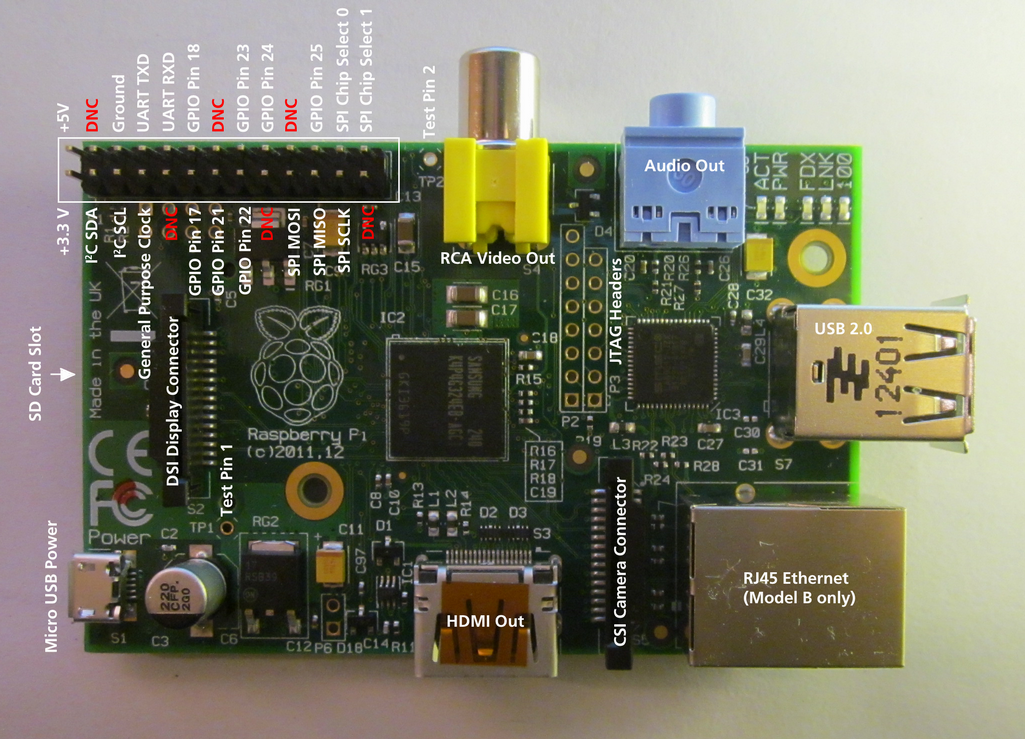Lazarus Raspi Package Com Port
Setting up the Raspberry Pi, installing Lazarus, use of the GPIO port (with and without PiFace), web servers and remote control. How to install Lazarus Pascal on Raspberry Pi 2 (Raspbian) Lazarus FPC. I believe the Raspian Lazarus package was compiled for Model 1 and runs on both. Lazarus on RPi. From eLinux.org. Lazarus on the Raspberry Pi for. The GPIO port is also accessible directly from Free Pascal as described in the article. In this post I will explain how to handle USB (virtual COM) port and data packages in Lazarus (ARM Linux). You may want to read this post before proceeding with this one.
I believe those are not visible components, so it is only necessary that you extract them somewhere and add that location your library path /include path under project project options compiler options path I will have a look later today (my pi day ) if I can write a little usb example for you both. But this older example may still work:. I used the interface for my own USB programming on the Pi. Make sure you have libusb-1.0 or higher, not 0.1. It is in the Raspbian repository but not installed by default.

(use aptitude). Hi, I haven't got any further with libusb. I have found that Sdpo v0.2, which is not a component like v0.15 works fine - you just add the unit to your project and away it goes. I want my Pi to talk to a PIC microprocessor and I have used an item from ModMyPi, which is an elongated USB plug which incorporates a USB to serial converter. Economics 4th Edition Hubbard Pdf To Excel there.

The Pi recognises it and the PIC end of the cable connects to the PIC's RS232 port. It's great because there are no drivers to find etc. I would be interested in an example using libusb though.
Yes, it shows up as ttyUSB0, as it is the first USB serial device. The GPS contains a serial to USB converter chip, a PL2303, which is what the Pi recognises. To read data from the GPS, you have two options: 1). Read the raw data directly on ttyUSB0 2). Have the gpsd daemon running and read data from port 2947. This has the advantage that the daemon can handle more than one program asking for gps data at the same time. It also takes care of baud rate etc and provides json sentences of data.
The PIC micro is a different kettle of fish. It would be possible to talk to it via the Pi's serial port, but that means bringing a cable out of the PI's enclosure. So I have used a USB cable which incorporates another PL2303, with the USB plug plugged into the Pi and the other end connected to the PIC's serial port, which is at 3. Tron Arcade Game Pc there. 3V logic levels. Again, the Pi recognises the PL2303 and this comes up as ttyUSB1, as it's the second USB serial device.